June 15, 2018
Noise pollution in offices is worsening and people are leaving jobs as a result
 The majority of executives and employees report near-constant noise in their workplace and many say they lack quiet space for meetings or to focus, a new report from Oxford Economics, commissioned by Plantronics has claimed. According to the report, conditions are much worse now than three years ago when Oxford Economics conducted its first study. The report polled senior executives and non-manager employees in the UK and across the globe to learn more about productivity and collaboration as it relates to the open office. It found that open offices aren’t delivering on collaboration and productivity goals. Instead, employees are finding alternative ways to find quiet space and focus. In fact three quarters of employees say they need to take walks outside and 32 percent listen to headphones to focus and block out distraction, while employees in the noisiest office environments are more likely to say they’ll leave their job in the next six months.
The majority of executives and employees report near-constant noise in their workplace and many say they lack quiet space for meetings or to focus, a new report from Oxford Economics, commissioned by Plantronics has claimed. According to the report, conditions are much worse now than three years ago when Oxford Economics conducted its first study. The report polled senior executives and non-manager employees in the UK and across the globe to learn more about productivity and collaboration as it relates to the open office. It found that open offices aren’t delivering on collaboration and productivity goals. Instead, employees are finding alternative ways to find quiet space and focus. In fact three quarters of employees say they need to take walks outside and 32 percent listen to headphones to focus and block out distraction, while employees in the noisiest office environments are more likely to say they’ll leave their job in the next six months.





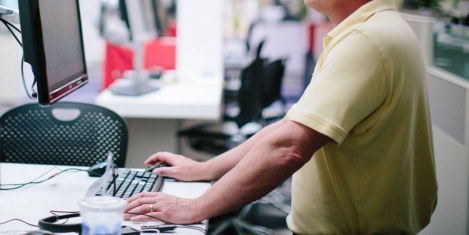





 More than a quarter of managers (27 percent) in British companies would likely accept a salary cut to work for a company that has a clear purpose beyond profit a new report claims. A third (32 percent) would actually consider leaving their job if a greater purpose was unclear, while more than half (53 percent) would if their company’s values and purpose didn’t align with their own. The YouGov survey, commissioned by Danone UK, highlights the importance of having a defined company purpose that marries commercial success with social progress. The findings support a new report by not-for-profit think tank Tomorrow’s Company and Danone UK, that explores the importance of having a purpose beyond profit in helping companies to prosper in the face of workplace challenges created by an uncertain world.
More than a quarter of managers (27 percent) in British companies would likely accept a salary cut to work for a company that has a clear purpose beyond profit a new report claims. A third (32 percent) would actually consider leaving their job if a greater purpose was unclear, while more than half (53 percent) would if their company’s values and purpose didn’t align with their own. The YouGov survey, commissioned by Danone UK, highlights the importance of having a defined company purpose that marries commercial success with social progress. The findings support a new report by not-for-profit think tank Tomorrow’s Company and Danone UK, that explores the importance of having a purpose beyond profit in helping companies to prosper in the face of workplace challenges created by an uncertain world. 

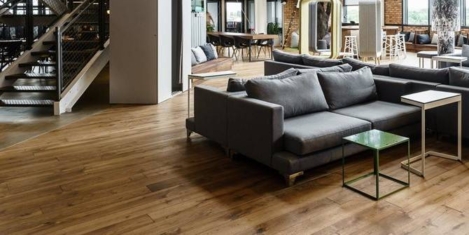

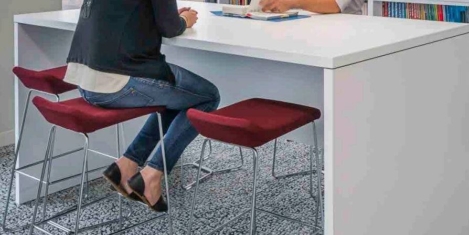
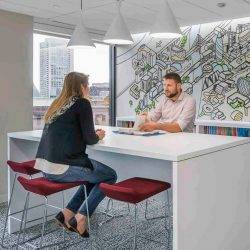




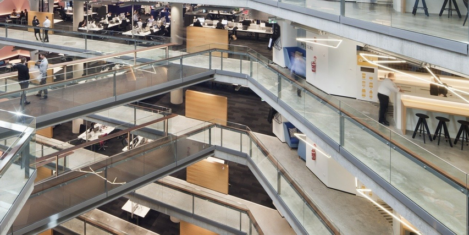
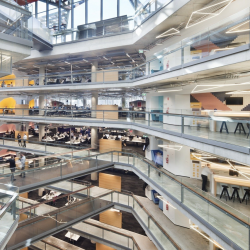

 The construction industry needs new talent and skills to help in the adoption of new technologies to meet the challenges of digital transformation. It must also become more diverse, including increasing the percentage of women in the industry. These are the recommendations of a new report from the World Economic Forum, developed in collaboration with The Boston Consulting Group (BCG), Shaping the Future of Construction: An Action Plan to solve the Industry’s Talent Gap. The report argues that the Infrastructure and Urban Development (IU) industry has failed to innovate as quickly as other sectors, resulting in stagnating productivity and negative effects on the economy, society and the environment. An ongoing industry-wide shortage of qualified workers is among the key reasons for this issue. It has undermined project management and execution, adversely affecting cost, timelines and quality. It also has impeded the adoption of new digital technologies, such as building information modelling (BIM), automated equipment and cloud-based collaboration tools, which could improve productivity. The report provides twelve key actions which needs to be implemented to close the structural talent gap of the construction industry.
The construction industry needs new talent and skills to help in the adoption of new technologies to meet the challenges of digital transformation. It must also become more diverse, including increasing the percentage of women in the industry. These are the recommendations of a new report from the World Economic Forum, developed in collaboration with The Boston Consulting Group (BCG), Shaping the Future of Construction: An Action Plan to solve the Industry’s Talent Gap. The report argues that the Infrastructure and Urban Development (IU) industry has failed to innovate as quickly as other sectors, resulting in stagnating productivity and negative effects on the economy, society and the environment. An ongoing industry-wide shortage of qualified workers is among the key reasons for this issue. It has undermined project management and execution, adversely affecting cost, timelines and quality. It also has impeded the adoption of new digital technologies, such as building information modelling (BIM), automated equipment and cloud-based collaboration tools, which could improve productivity. The report provides twelve key actions which needs to be implemented to close the structural talent gap of the construction industry.







June 4, 2018
Your happiness at work is not just down to your employer
by Cary Cooper and Ivan Robertson • Comment, Wellbeing, Workplace design
(more…)